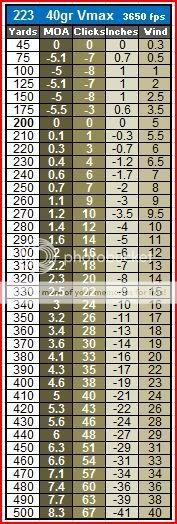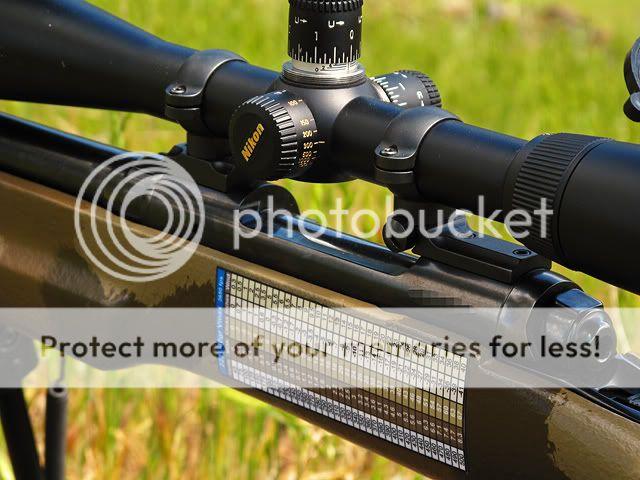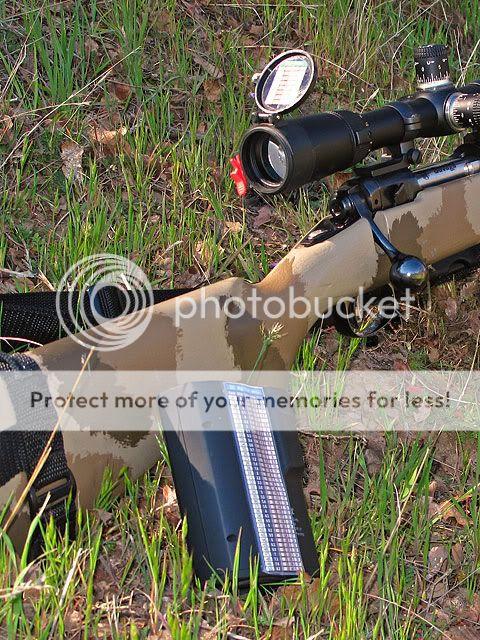MOA vs. Inches or clicks.
Sendero Man
This is where I run into problems. I need help understanding MOA! This chart that you have looks nice, but how do you make the calculations to clicks fast enough to still make the shot.
Because the way that I understand MOA is at 100 yards on standard 1/4 inch click scope 4 clicks equal 1 MOA or 1 inch change. At 200 yard 4 clicks equals to 1 1/4 inch change and 300 yards 4 clicks equals 1 1/2 inch change and so on every 100 yard increment the 4 clicks essentially moves 1/4 inch more. Is this correct?
I guess with trying to make all the changes in my head I get confused to easily jumping back and forth between MOA and clicks. Can you build a drop chart that shows how many click for each different yardage. I have no idea about drop charts or how to create them. It would save me a lot of leg work if I could figure out how to make one and trust it totally.
As for now I just go out at known yardages and shoot and log all the shots and the amount of adjustments necessary to move to each different yardages form my zero (which is 300 yards) and just write it in my log book and when I get back home I just type it up on a chart, laminate it and keep it in my eagle stock pack as well.
As for windage I use the drop charts because they are not usually as much of a change as elavation. The only problem is that they are usually one that I've found on the internet and not off some program.
Which programs would any of you recomend?
KQguy sorry I don't mean to jack your post or seem that way but have some of the same problems as you as well.
K Q guy
Most of the time I Start out with an 22 250 .
If it one of the Days where the Yotes Huld up out of Range 300 yards our over.
That is when I bring out the 7 MM STW .
Useing the 7 MM STW you do knot need much of an Chart .
That is what Works for Me
Redbone
Redbone,
Which grain bullets do you use for the STW and do you have a good drop chart already built that I might be able to get from you?
I use 160 grain sierra HPBT that seems pretty flat shooting but I want to go up on grain bullet to 180 Berger VLD. Do you have anything for these bullets already worked up.
The load I have for the 160 seems to do the job but I have recently become obsessed in trying something bigger. I guess that is why you might have read some of the other post that I have on trying to build a 338. Any help is appreciated.
Thanks and again sorry KQguy. I guess if it gets to bad I can just start my own post. I just started typing here and couldn't stop.





